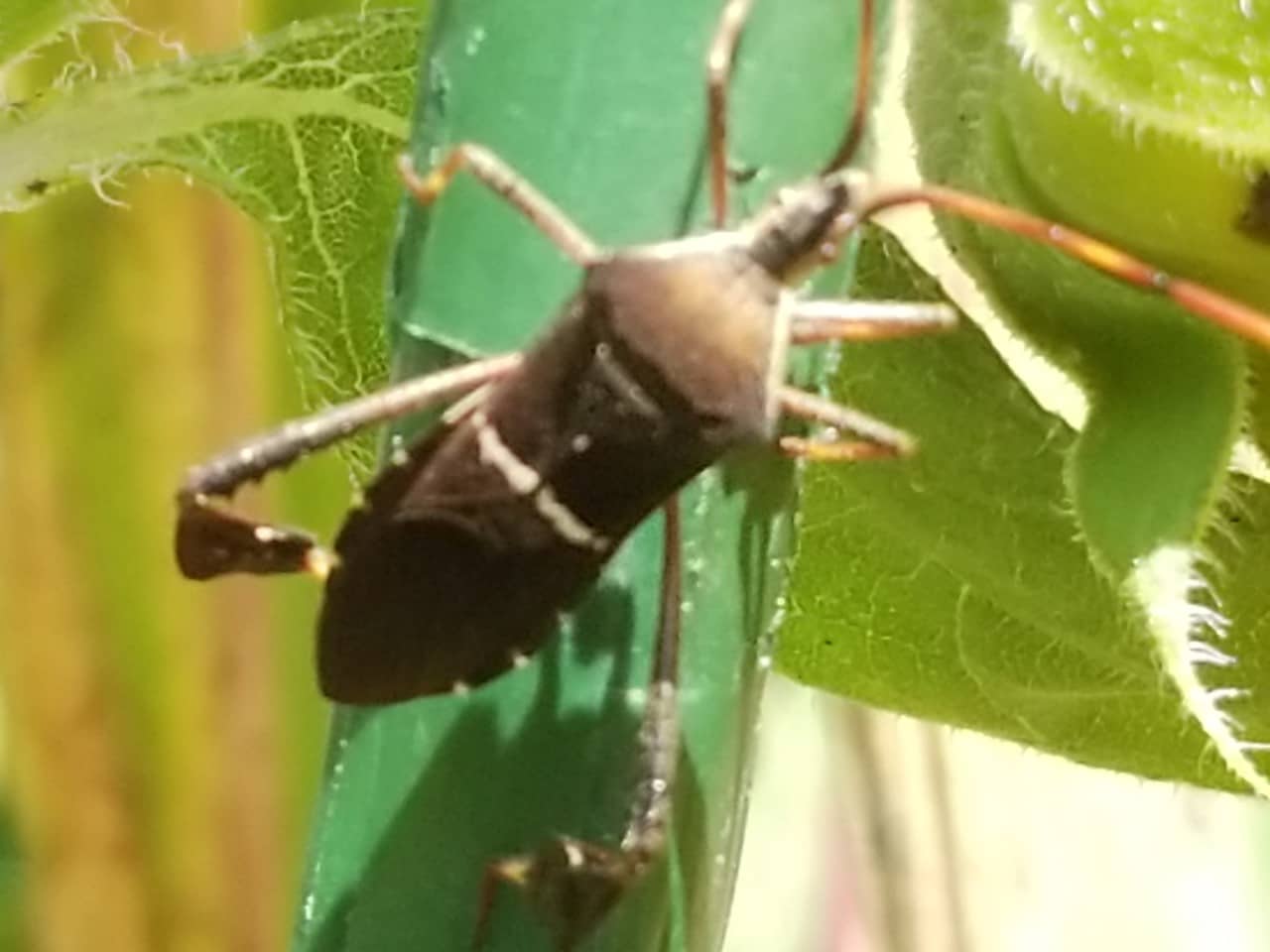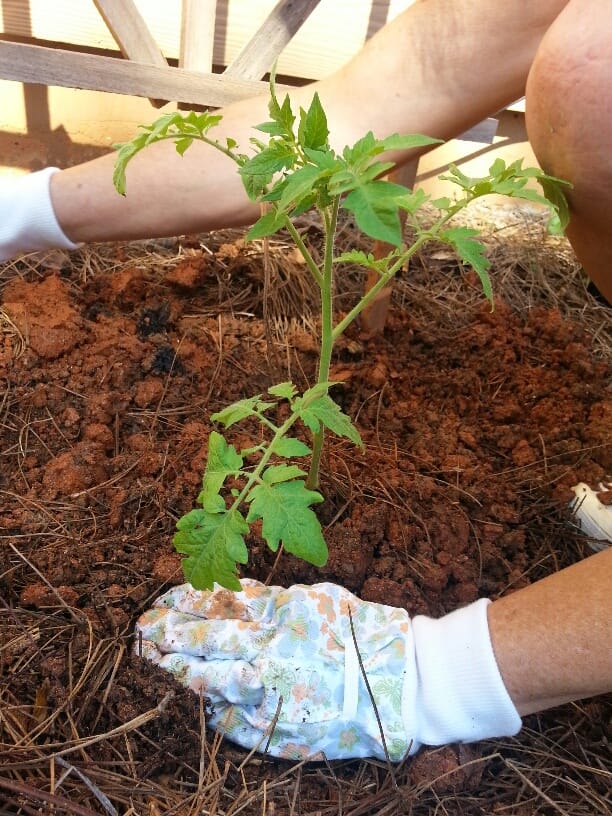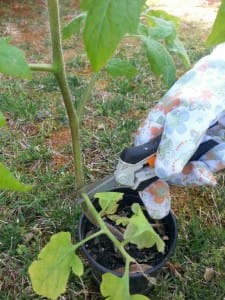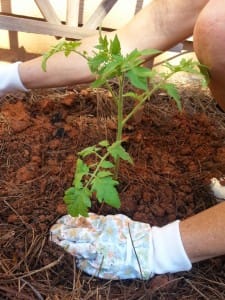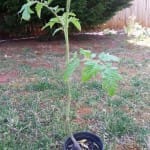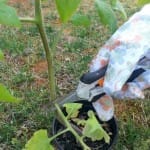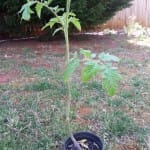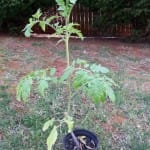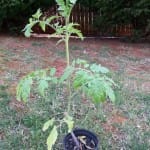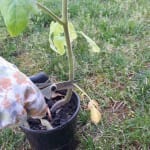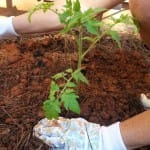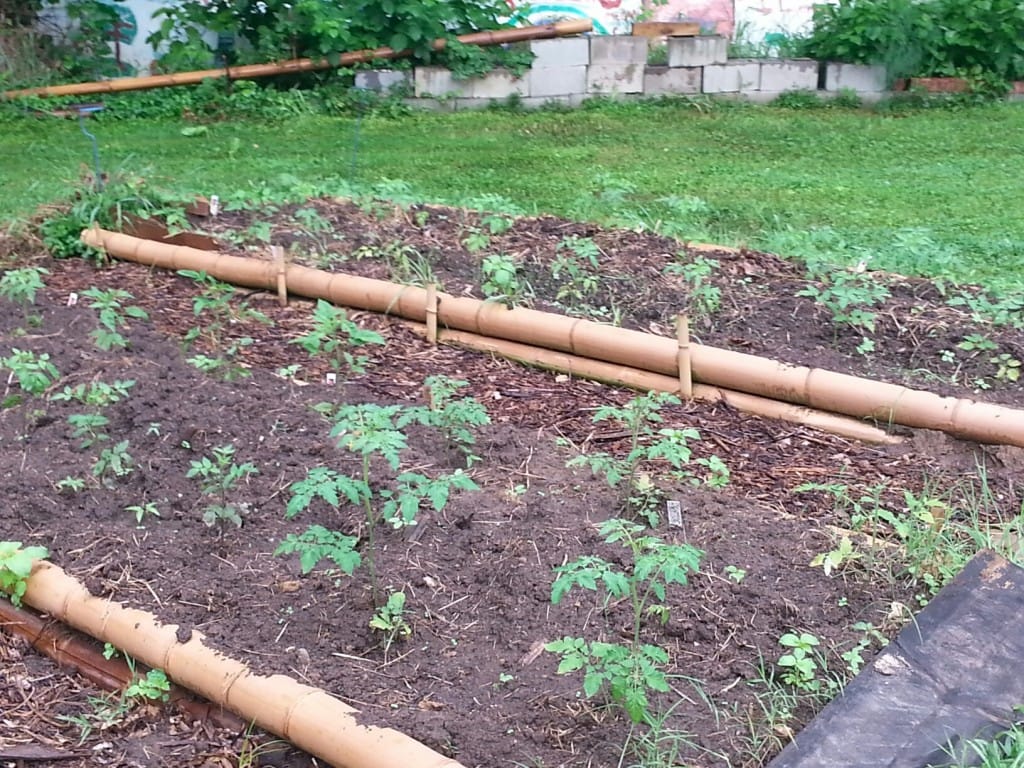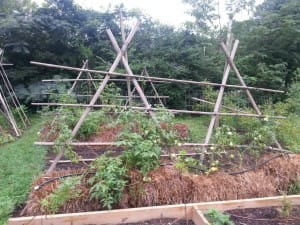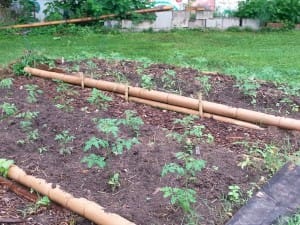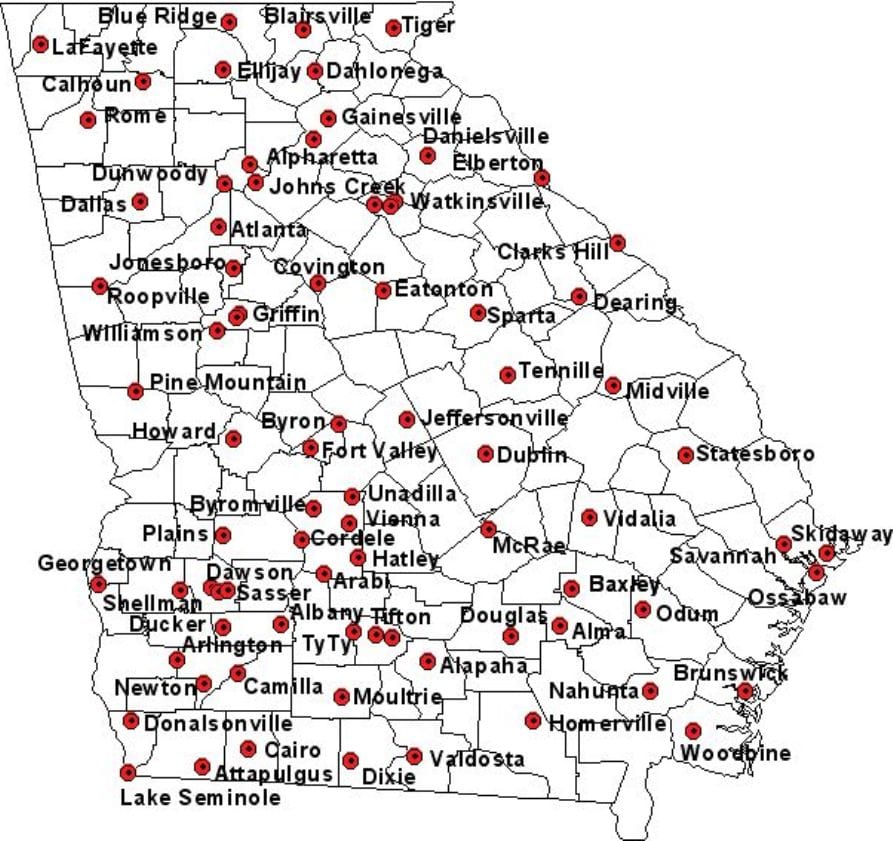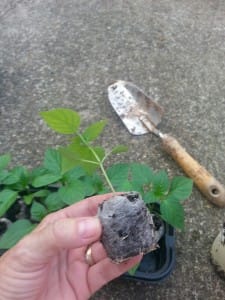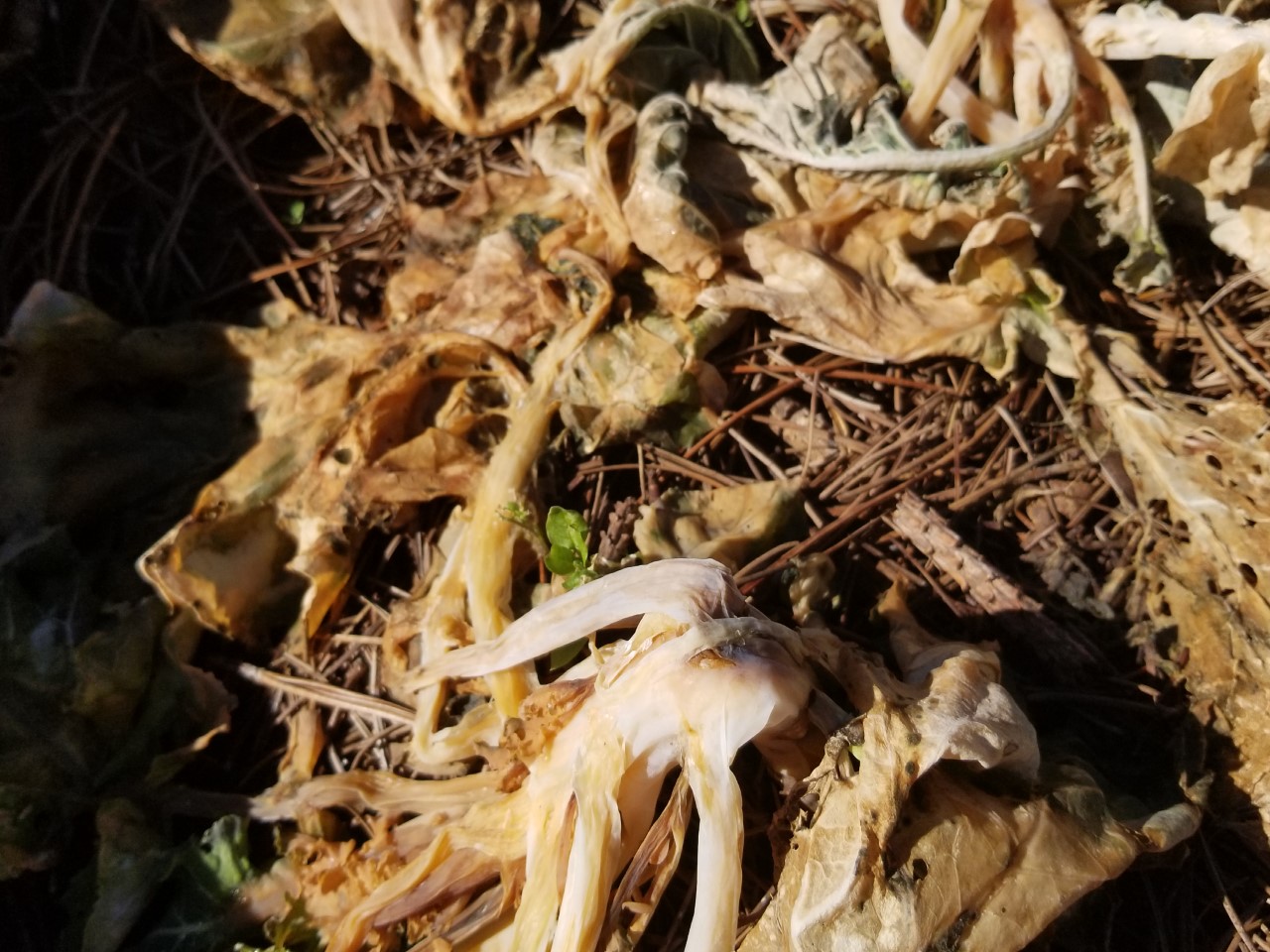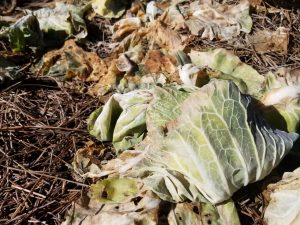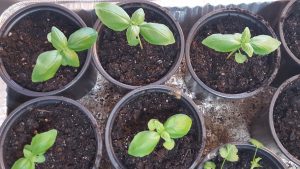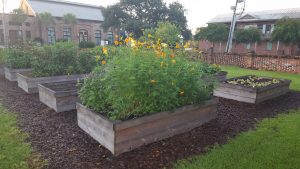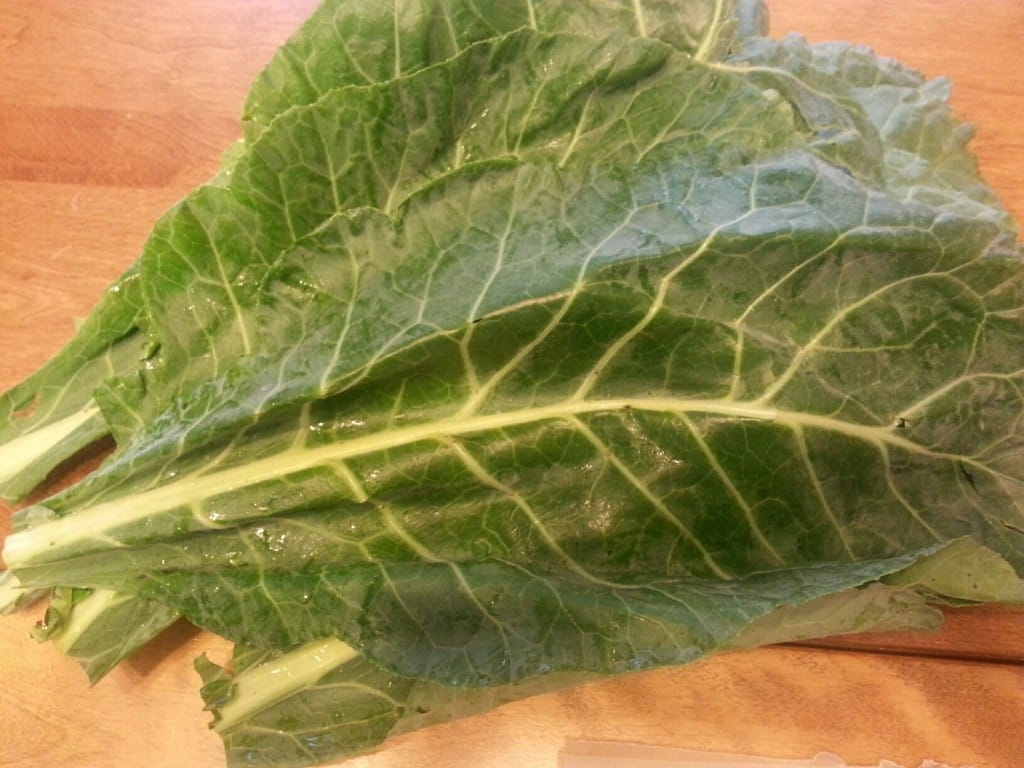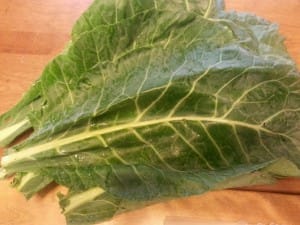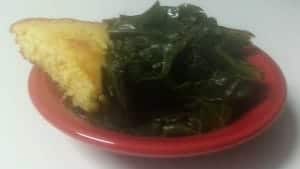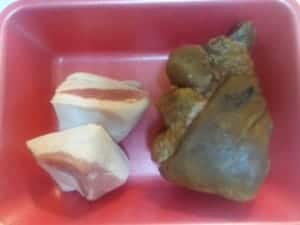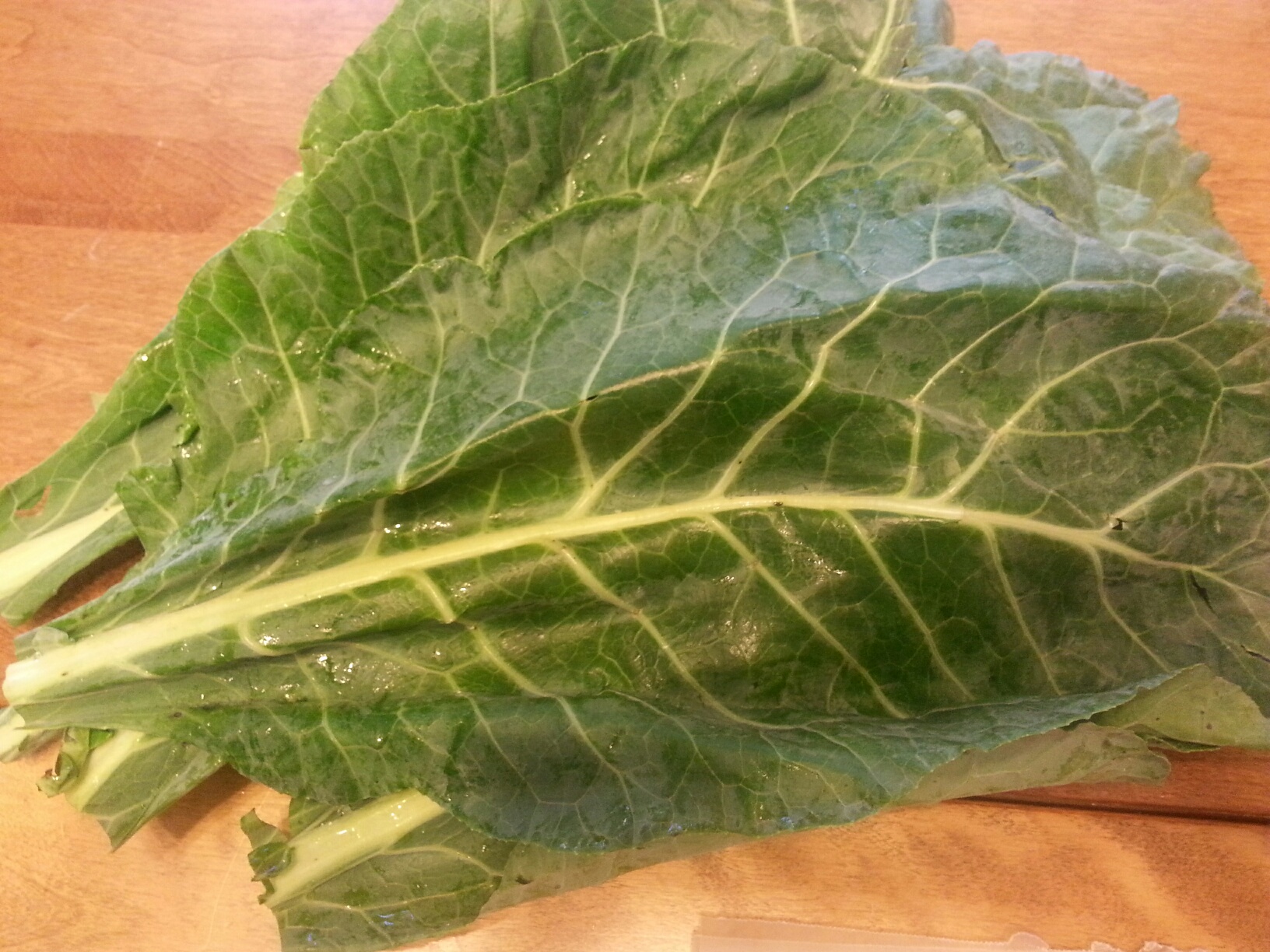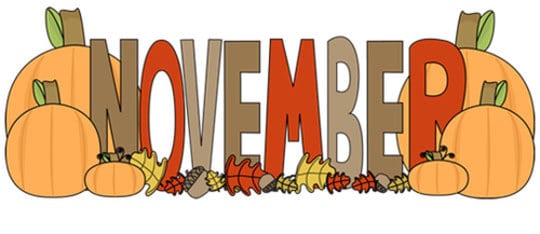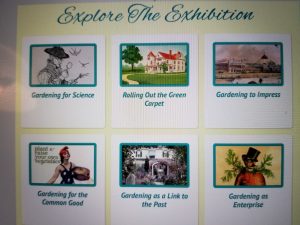Whether you work a large family farm, a home vegetable garden, or a 4’X8’ community garden vegetable plot, routine scouting for insects should be an important part of your vegetable growing plan. Insect pests can be a costly problem on vegetables and the lifecycles of some of our insect pests are so short that missing a week of scouting can lead to damaged crops and increased pest numbers.
Scouting involves carefully and deliberately walking though the garden looking for insects on a routine basis. Inspect the leaves and fruits/vegetables. Look on the undersides of leaves and on the stem. Evidence of boring insects can be seen on the plant stem while insect eggs are often deposited on the leaf undersides. If you are unsure of an insect identification, contact your local UGA Cooperative Extension agent for assistance. Do not automatically reach for an insecticide!
Insect eggs are easily removed. Simply remove the entire leaf and fold the leaf over on itself and smash the eggs. Or, if you want to preserve the leaf, use sticky tape to remove the eggs. Place tape on top of the egg mass and gently pull removing the eggs. Fold the tape on itself and smash the eggs.
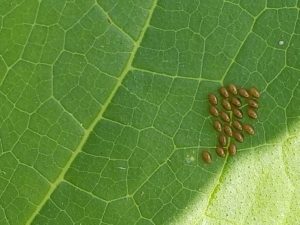
Eggs like these are easy to miss if you don’t routinely scout your garden! Dealing with squash bug eggs is easier than managing the 30+ pest insects that could mature from these eggs. A helpful video goes through the easy steps.
Learning about the insects that are common pests for the food crops you are growing can be very helpful. Leaf-footed bugs (Leptoglossus spp.) are a problem for tomatoes while squash bugs are pests in cucumbers, squash and pumpkins. Aphids (Aphidoidea superfamily) are a common problem especially when plants are full of liquid, after a rain, or when plants are growing quickly. Mexican bean beetles (Epilachna varivestis) can easily destroy a bean crop but these insects have been mistaken for beneficial lady beetles.
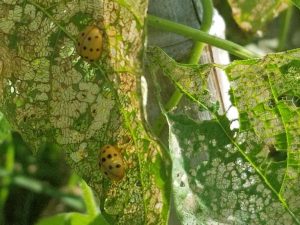
It is estimated that only 3% of insects are pests so the insects you find in your garden are not always problematic. Don’t assume every insect you find is a “bad bug!” Take time to learn about beneficial insects such as assassin bugs, parasitic wasps, and lady beetles. These can be tremendous allies in your garden. Often these insects need floral resources and the plants you have added to attract pollinators will also help other beneficial insects.
The copper colored ovals in the photo below are aphid mummies. A helpful parasitic wasp laid an egg inside an aphid pest (green insect below). As the egg hatched the resulting larva consumed the aphid insides for nutrition. When the wasp matured it emerged from the aphid leaving the empty shell, aphid mummy, behind. Adult wasps will be looking for some nectar so your pollinator garden will be useful here.
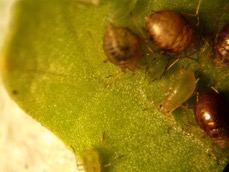
Scouting is just one tool of an integrated pest management (IPM) program. Other tools include:
¥ Altering planting time to miss large insect populations
¥ Using trap crops
¥ Starting with healthy soil
¥ Keeping the garden clean of debris
¥ Hand-pulling weeds
¥ Creating habitat for beneficial insects and pollinators
¥ Watering wisely
¥ Using plants that are proven to do well in your area
Happy Gardening!
